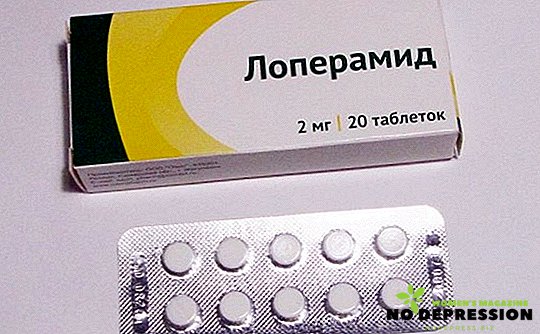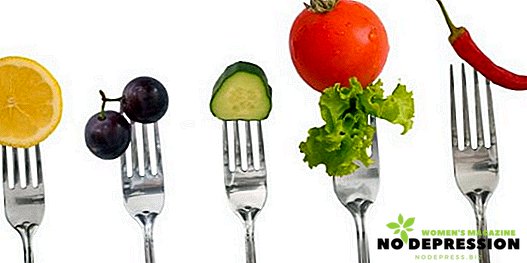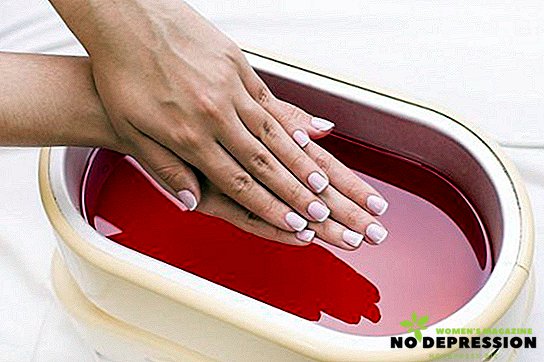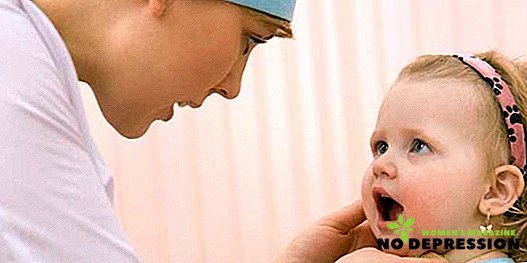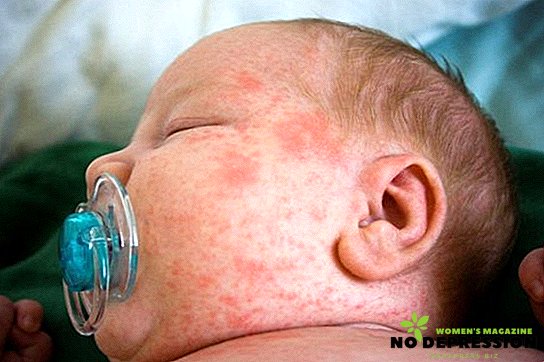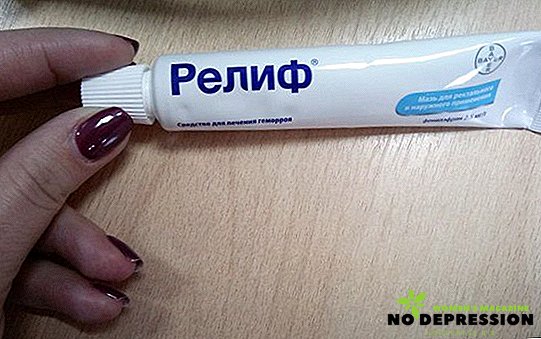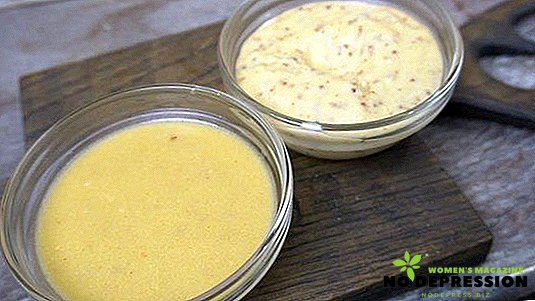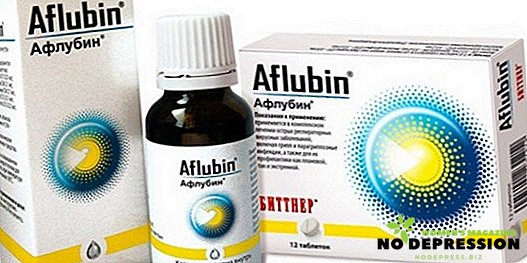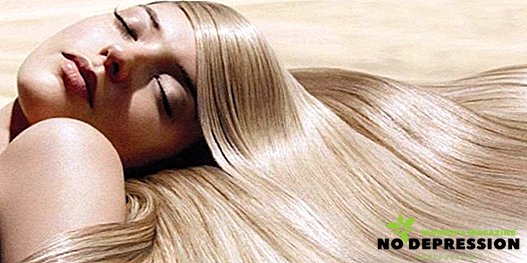Badan thick-leaved - a beautiful and unpretentious perennial plant. In medicine, the use of roots, rhizomes, less leaves as an anti-inflammatory and bactericidal agent for allergic dermatitis, diseases of the gastrointestinal tract, in gynecology and dentistry. Apply in the form of a liquid extract, alcohol tincture, decoction and infusion.
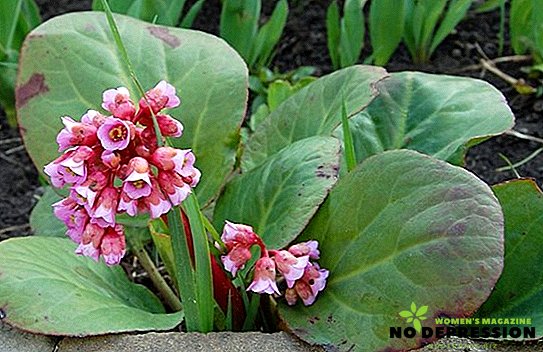
Plant characteristic
Bergenia, rarely found another name for bergenia (Bergenia), belongs to the family of stone-sawing (Saxifragaceae). This perennial herb with a thick creeping and highly branched rhizome, located almost on the surface, grows in many summer cottages. To grow badan plate is not difficult. Moderately moist and fertile soil is, perhaps, all he needs.
In nature, it is common in southern Siberia, Central Asia, in the Far East, on the shores of Lake Baikal. Most often it grows near the upper border of the forest, on rocky slopes, rocks, in places protected from wind, where a lot of snow accumulates in winter.
For therapeutic purposes, rhizomes and roots are harvested (June-July), the collected raw materials are cleaned from the ground, washed with running water, dried in fresh air, cut lengthwise, dried at 50-60 degrees, using an oven, oven, dryer. Leathery leaves of a round or oval shape are harvested in early spring.
Chemical composition
All bioactive substances contained in the plant are very useful in treating sore throat, disorders of the gastrointestinal tract, for the treatment of diseases of the oral cavity and gynecological problems.
 The chemical composition of the plant:
The chemical composition of the plant:
- phytoncides;
- glycosides;
- arbutin;
- vitamin C;
- tannins;
- resins;
- gallic acid;
- starch;
- gum;
- sugar.
In addition, the enzymes that are contained in the wonderful roots, help with skin infections and contribute to the rapid healing of wounds.
How to properly prepare and store
To use the healing power of bergenia year round, it can be prepared for future use, observing all the rules for collection and storage.
Roots and rhizomes

It is better to dig out the medicinal roots and rhizomes after the plants bloom in June or July; during this period their medicinal properties are maximal. It is more convenient to obtain with pitchforks: they rarely damage the rhizomes. They are shaken off the ground and quickly washed with running water.
Large roots must be cut into pieces, and small ones can be dried whole. For drying, use a dryer or oven at a minimum temperature or lay out in attics, where they dry up to the desired state for about a month. If the root breaks down the center, it is dry. Store medicinal raw materials in an airtight container of glass or in dense tissue bags.
Leaves

Bergenia leaves can accumulate useful acids, sugars, tannins. Therefore, for harvesting it is better to choose the leaves, overwintering more than three years. They contain more nutrients. They have a dark brown color, loose structure, pleasant aroma.
Spread the collected leaves, rinse off the ground, then spread out in a thin layer on a sheet of paper. It is not necessary to dry under a canopy, the main thing is a dry and warm place. Ready medicinal raw materials should be stored in a paper bag or glass container, avoiding direct sunlight. Shelf life is three years.
Spectacular leathery leaves adorn the bergen almost all year round. In this case, by the fall of their dark green color will become reddish.
Medicinal properties and application
Official and traditional medicine is not accidentally so actively use decoctions, tincture and tincture of rhizomes of Bergenia. It is really useful in gastrointestinal upset, accompanied by diarrhea, sore throat, stomatitis and skin inflammation. And all this is due to its chemical composition.
Therapeutic effect:
- hypotensive;
- astringent;
- hemostatic;
- bactericidal;
- anti-inflammatory;
- diuretic;
- wound healing.
How to apply
Roots, rhizomes or leaves of the plant are used as decoctions for the treatment of non-infectious gastrointestinal disorders (colitis, enterocolitis), it is recommended to take two tablespoons of decoction daily up to 4 times. It will have a pronounced astringent effect.
For gynecological diseases (fibromyoma, cervical erosion, colpitis), diseases of the oral cavity (gingivitis, periodontal disease, stomatitis), burns, decoctions are used in the form of rinses and douches. Decoction will have anti-inflammatory and antiseptic effect. Another to the inflamed areas of the skin and wounds put powder from the rhizomes of Bergenia.
Useful recipes of traditional medicine
Badan is not only a beautiful plant, but also very useful. A delicious tea is brewed from its leaves, and a healing infusion, decoction, tincture is made from the roots.
How to make healing tea from the leaves
 Tea from last year's leaves of Bergenia can compete in taste with elite varieties of Chinese tea with a taste of smoke. To prepare you will need blackened (dark brown) leaves that have lain under the plant for at least three winters. Thus, the bergenia leaf undergoes natural fermentation. Green leaves do not take. They have neither taste nor benefit.
Tea from last year's leaves of Bergenia can compete in taste with elite varieties of Chinese tea with a taste of smoke. To prepare you will need blackened (dark brown) leaves that have lain under the plant for at least three winters. Thus, the bergenia leaf undergoes natural fermentation. Green leaves do not take. They have neither taste nor benefit.
Dried leaves according to the rules, before brewing, crumble. For tea you will need: 1 tbsp. crushed leaves, 250 ml of boiling water. What to do: put the leaves in a dry ceramic kettle, pour in boiling water, leave for 20 minutes. Filter, take with the purpose of treatment before meals. To taste, add tea with honey, a slice of lemon.
As for color, high-quality banyan tea should have a natural dark brown color, a pleasant aroma and a tarry taste. It has a tonic, antiviral effect, strengthens blood vessels, normalizes the pressure and the bowels.
Recipes cooking infusion Badana
- It will take: 10 grams of crushed rhizome, 250 ml of boiling water. How to do it: pour boiling water over the raw material, boil for half an hour over low heat, filter, make lotions with dermatitis.
- It will take: chopped rhizome (1 tbsp), boiling water (0.2 l). How to do: brew the raw material with boiling water, put in a water bath for half an hour, ready to strain the infusion. Take with colitis, enterocolitis daily 20 ml 3-4 times.
- It will take: chopped root (2 tablespoons), 200 g of boiling water. How to do: pour chopped roots with boiling water, boil for half an hour in a water bath, cool, filter. Apply in the form of rinses, douches with cervical erosion, stomatitis, periodontal disease, burns.
Extract Recipe
To prepare the extract will need: 2 tbsp. dry roots, 200 ml of boiling water. How to do: put the roots in the pot, pour boiling water, cover tightly with a lid. Boil at minimum temperature until ½ of the liquid is evaporated. Strain extract, take 30 drops daily 3 times.
Badan root alcohol tincture
 Alcohol tinctures are used to rinse with angina. As a rule, use ready-made tinctures, which are sold in pharmacies. For the preparation of homemade tincture will need: 20 g of crushed raw materials, 200 ml of pure alcohol (vodka). How to do it: take a glass jar, put roots on the bottom and pour in alcohol, put in a dark place for 14 days, shake from time to time. To dilute the tincture 1 tablespoon. 250 ml of warm water, if desired, add a pinch of sea salt, gargle up to 5 times a sore throat.
Alcohol tinctures are used to rinse with angina. As a rule, use ready-made tinctures, which are sold in pharmacies. For the preparation of homemade tincture will need: 20 g of crushed raw materials, 200 ml of pure alcohol (vodka). How to do it: take a glass jar, put roots on the bottom and pour in alcohol, put in a dark place for 14 days, shake from time to time. To dilute the tincture 1 tablespoon. 250 ml of warm water, if desired, add a pinch of sea salt, gargle up to 5 times a sore throat.
Be careful, if you have stomach problems, alcoholic tincture for oral administration is contraindicated due to irritant effects on the mucous membrane.
Badana root strength for cosmetic purposes
The ability of bergenia to improve the overall condition of the skin, especially the problem, with the appearance of acne, peeling, redness, dandruff, hair loss is of great importance in cosmetology.
Tincture with herbal extract has anti-inflammatory effect on the skin: cleanses, reduces inflammation, redness, restores infected skin.
The most favorable result was obtained after the use of alcohol tincture for the treatment of purulent acne, dermatitis. For the preparation of cosmetics take: 1 part of the crushed root, 5 parts of vodka. Put on a week in a dark place.
From the finished tincture do antibacterial lotions on the face, leave for 15 minutes, rinse with warm water. Until complete recovery, use the tincture twice a week. Broth roots to lubricate the scalp, rinse after washing.
Contraindications and precautions
Treatment for badan will have to be abandoned if there is a risk of developing the following diseases:
- increased blood clotting;
- difficulties with natural bowel movement (constipation);
- tachycardia;
- allergic reactions to herbal preparations.
Important information: Bergenia medicines reduce blood pressure, therefore, for hypotension (low blood pressure), drugs should be chosen especially carefully and only on the recommendation of the attending physician.


